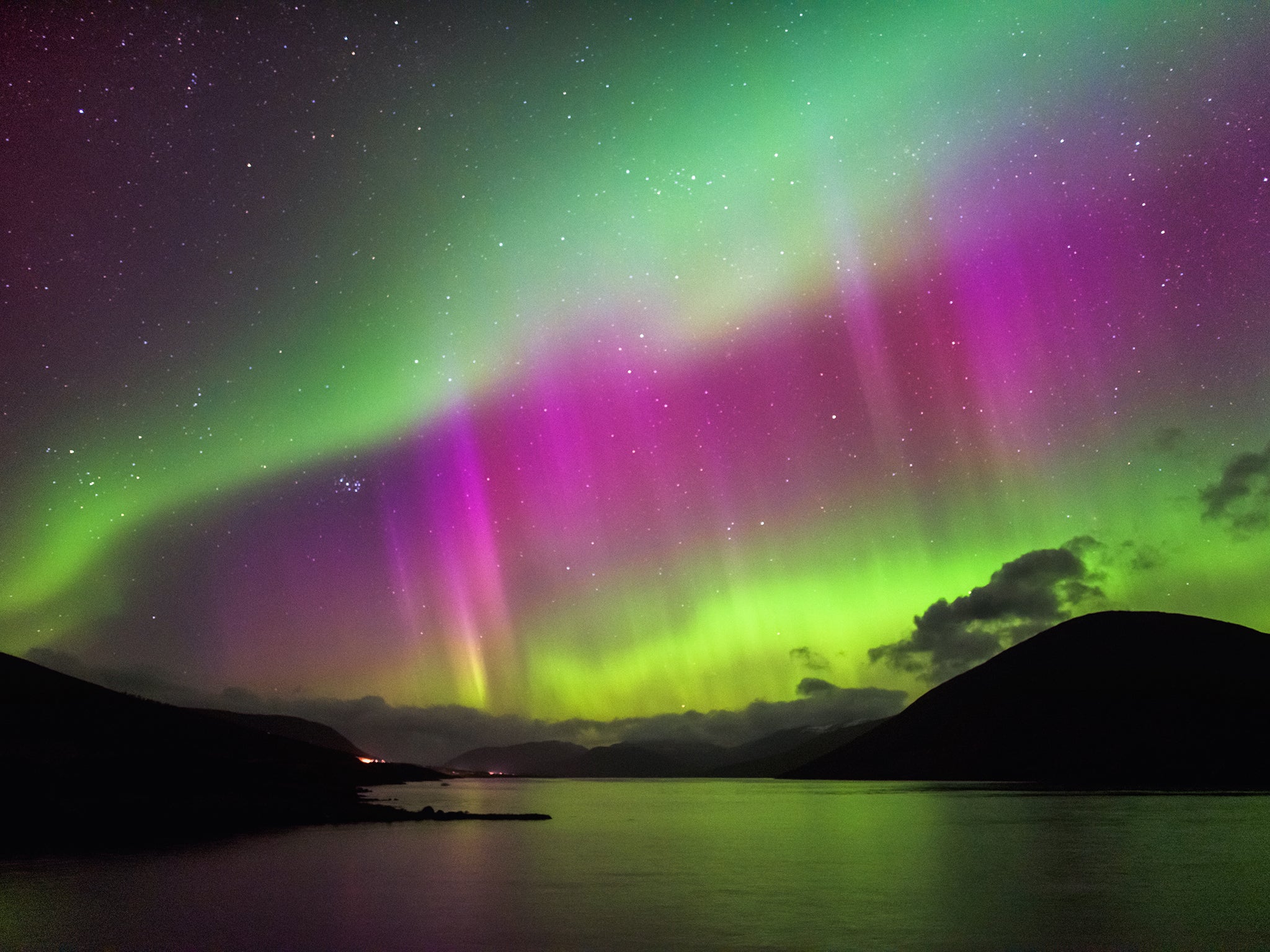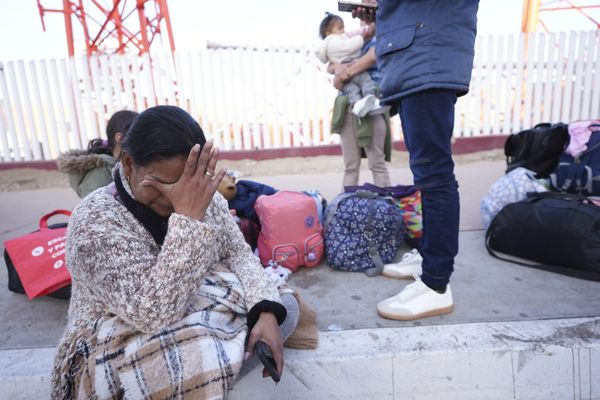They are one of nature’s most jaw-dropping sights – a spectacular celestial dance across Arctic skies that features on most, if not all, travellers’ bucket lists. But what exactly are the ethereal aurora borealis, and what’s the best way to spot them? As light-hunting season begins, the Royal Astronomical Society’s Ian Ridpath explains everything you need to know about the Northern Lights.
What are they?
“Put simply, the Northern Lights are an electrical phenomenon in the earth’s upper atmosphere that produces ghostly glowing shapes that move and flow,” says Ridpath. The lights – the latin name, aurora borealis, meaning ‘Northern dawn’ because their appearance low on the horizon gives the impression of a false daybreak – can appear as shifting arcs, vertical rays, or long curtains that ripple like drapery blowing in a breeze. And their varying colours are a result of different gases in the upper atmosphere.
“But don’t expect them to appear bright green like in photographs,” warns Ridpath. “To the eye, they are more greyish in colour, almost like a cloud. That’s because the human eye doesn’t pick up faint colour well. If the aurora is very bright, however, it can appear greenish or yellowish and some have a beautiful fringe of pink at the bottom. What you see depends on the sensitivity of your eyes, and, of course, everybody’s eyes are different.”
Why do they occur?
“The Northern Lights are caused by atomic particles from the sun being funnelled down the earth’s magnetic lines of force into a ring around the poles,” says Ridpath. “This ring is called the auroral oval, and it passes over Alaska, Canada, southern Greenland, Iceland, northern Scandinavia and Siberia.”
In short, their presence is all about wind. “There’s a continual flow of gas away from the sun called the solar wind (never say ‘solar winds’, plural, as you’ll betray your inexperience with the terminology!),” says Ridpath. “The force of the solar wind changes all the time, and the size and the brightness of the auroral oval changes with it.”
The biggest aurorae, he explains, occur when there are major gusts in the solar wind, caused by solar flares – the eruption of intense high-energy radiation from the sun’s surface – flinging huge amounts of electrically charged particles into space.
When can I see them?
“You can find forecasts of activity online, but I’m sceptical of their usefulness as they are often wrong,” says Ridpath. “The only way to be sure is to go outside and keep your eyes peeled.” Summer, he says, is off-limits, because the Northern skies are too light at that time of year. “The best times to go are from late September to late March — in other words, between the equinoxes,” he advises.
Research has shown that autumn is a particularly fortuitous time because, as well as increasingly dark skies and less cloud cover, the solar storms are stronger at this time of the year and the tilt of the earth during the equinox drives the strongest solar winds towards the planet’s poles, leading to gob-smacking Northern Lights displays.
“The lights can appear at any time of night,” adds Ridpath. “I’ve even known them appear as it starts to get dark in the afternoon. But the most likely time is mid evening and into the early hours of the following morning (about 9pm to 2am). So be sure to have dinner early and get changed in readiness.” But there’s no point heading out on a hunt if the sky is completely overcast. “The biggest enemy is, of course, the weather – if it’s cloudy you won’t see anything, because the lights occur at heights of 60 miles and above, which is way, way above the highest clouds,” says Ridpath.
It also helps to pick dates that avoid a full moon and to visit locations well away from the light pollution caused by large settlements. Visit spaceweather.com for useful, up-to-date information about aurorae and solar activity.
Where should I go?
Your best bet is to head due North towards the Arctic – above latitude 60 at least – to the snowy wilds of Alaska and Canada or, a bit closer to home, to Iceland or northern Scandinavia (more commonly known as Lapland). But the lights can occur further south at times.

“The biggest aurorae of all are caused by much rarer and more energetic events called coronal mass ejections, or CMEs,” says Ridpath. “These are huge bubbles of gas thrown off by magnetic storms on the sun, and when one of these hits us, the auroral oval expands so much that you can see lights in Southern England and right down to the Mediterranean.”
But ultimately, this is mother nature, and nature is a fickle beast. “I always say that hunting the northern lights is like a big game hunt,” says Ridpath. “It’s beautiful and impressive, but while we can take you to where the prey lives, we can’t guarantee that it will show itself.”







